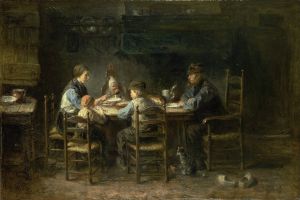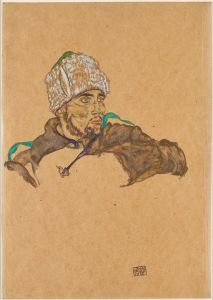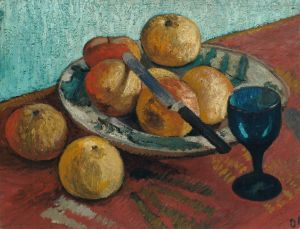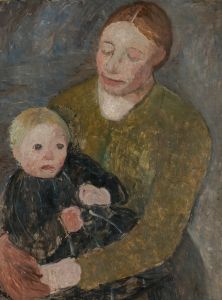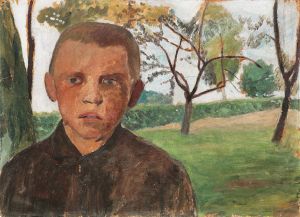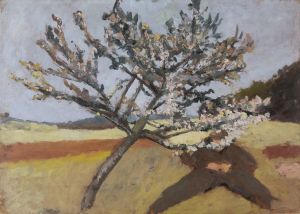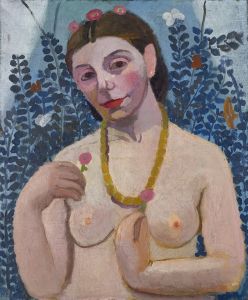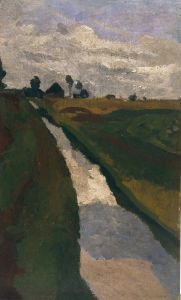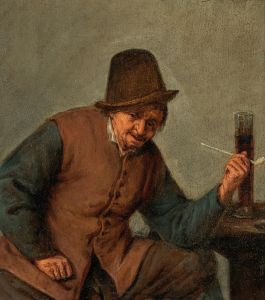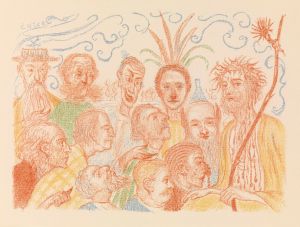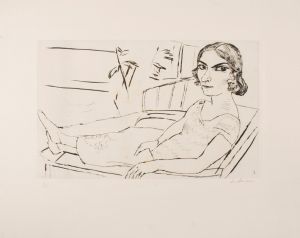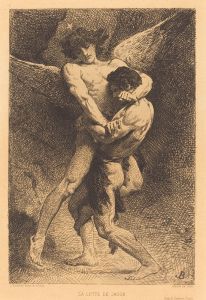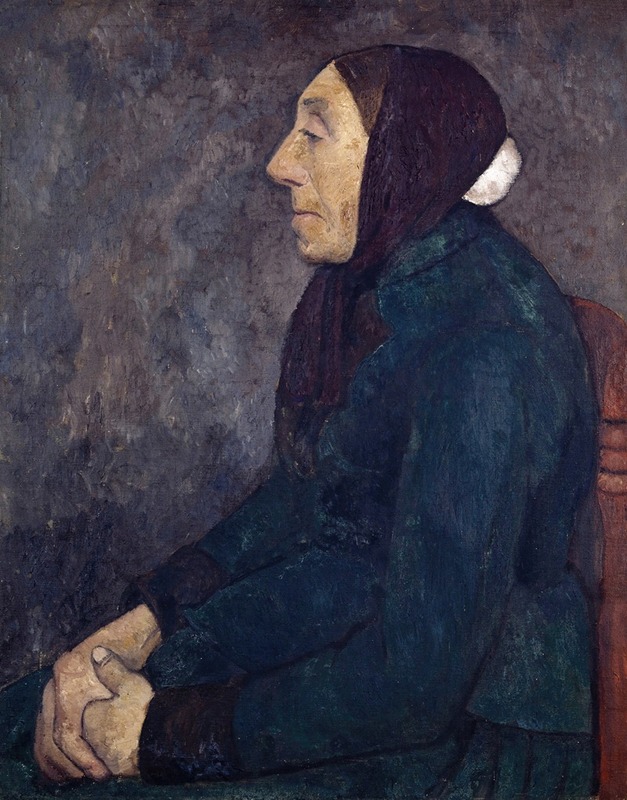
Sitting Old Peasant Woman
A hand-painted replica of Paula Modersohn-Becker’s masterpiece Sitting Old Peasant Woman, meticulously crafted by professional artists to capture the true essence of the original. Each piece is created with museum-quality canvas and rare mineral pigments, carefully painted by experienced artists with delicate brushstrokes and rich, layered colors to perfectly recreate the texture of the original artwork. Unlike machine-printed reproductions, this hand-painted version brings the painting to life, infused with the artist’s emotions and skill in every stroke. Whether for personal collection or home decoration, it instantly elevates the artistic atmosphere of any space.
Paula Modersohn-Becker was a pioneering German painter and one of the most important figures in the early Expressionist movement. Her work is noted for its bold use of color and form, as well as its focus on the human figure, particularly women and children. One of her notable works is "Sitting Old Peasant Woman," which exemplifies her unique style and thematic interests.
"Sitting Old Peasant Woman" is a painting that reflects Modersohn-Becker's deep interest in portraying the lives and experiences of rural people, particularly women. This focus was influenced by her time spent in the artists' colony of Worpswede, a rural area in northern Germany, where she lived and worked alongside other artists who were similarly interested in capturing the essence of rural life. The Worpswede colony was known for its emphasis on naturalism and the depiction of the local landscape and its inhabitants.
In "Sitting Old Peasant Woman," Modersohn-Becker employs a simplified and direct approach to form and color, which was characteristic of her work. The painting features an elderly woman seated, with a focus on her facial features and posture. The use of earthy tones and the emphasis on the woman's expression convey a sense of dignity and resilience, qualities that Modersohn-Becker often sought to highlight in her portrayals of women.
Modersohn-Becker's style was influenced by various art movements and artists, including Post-Impressionism and the work of Vincent van Gogh and Paul Cézanne. Her time spent in Paris exposed her to these influences, which she integrated into her own work, resulting in a distinctive style that combined elements of realism with more abstract and expressive techniques.
The significance of "Sitting Old Peasant Woman" lies not only in its artistic qualities but also in its representation of Modersohn-Becker's broader artistic goals. She sought to challenge traditional representations of women in art by presenting them as strong, independent individuals, often in natural settings that emphasized their connection to the earth and the cycles of life.
Paula Modersohn-Becker's career was tragically short; she died at the age of 31 in 1907. Despite her brief career, she left behind a substantial body of work that has continued to influence artists and art historians. Her paintings, including "Sitting Old Peasant Woman," are celebrated for their emotional depth and innovative approach to form and color.
Today, Modersohn-Becker is recognized as a key figure in the development of modern art in Germany. Her work is held in high regard and can be found in major art collections and museums around the world. "Sitting Old Peasant Woman" remains an important example of her contribution to the art world, reflecting her commitment to portraying the human condition with honesty and empathy.





